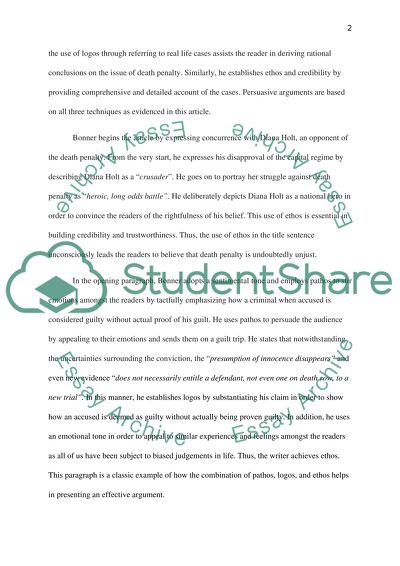Cite this document
(“Major Flaws of Justice System of America Depicted in The Last Line of Essay”, n.d.)
Major Flaws of Justice System of America Depicted in The Last Line of Essay. Retrieved from https://studentshare.org/law/1603135-rhetorical-analysis-essay-on-the-article-the-last-line-of-defense
Major Flaws of Justice System of America Depicted in The Last Line of Essay. Retrieved from https://studentshare.org/law/1603135-rhetorical-analysis-essay-on-the-article-the-last-line-of-defense
(Major Flaws of Justice System of America Depicted in The Last Line of Essay)
Major Flaws of Justice System of America Depicted in The Last Line of Essay. https://studentshare.org/law/1603135-rhetorical-analysis-essay-on-the-article-the-last-line-of-defense.
Major Flaws of Justice System of America Depicted in The Last Line of Essay. https://studentshare.org/law/1603135-rhetorical-analysis-essay-on-the-article-the-last-line-of-defense.
“Major Flaws of Justice System of America Depicted in The Last Line of Essay”, n.d. https://studentshare.org/law/1603135-rhetorical-analysis-essay-on-the-article-the-last-line-of-defense.


